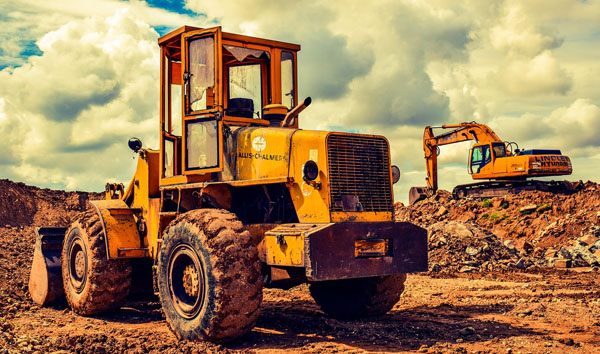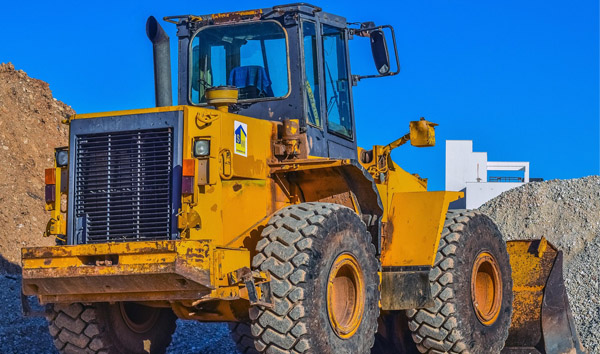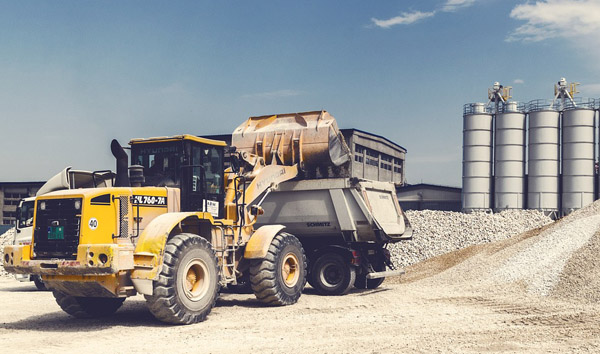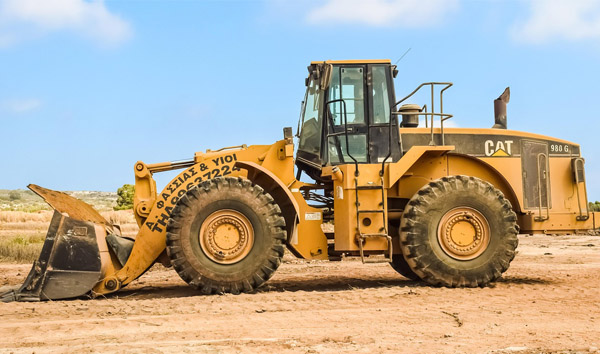Revolutionizing Farm Operations: The Power of Agricultural Rough Terrain Telescopic Forklifts
2025-07-21 04:20:29
Agricultural rough terrain telescopic forklifts are transforming modern farming by combining versatility, power, and adaptability. These machines excel in challenging environments, offering farmers unmatched efficiency in material handling, loading, and logistics. This report explores their design, applications, and impact on agricultural productivity. Content The agricultural rough terrain telescopic forklift is engineered to tackle the most demanding farm conditions. Unlike conventional forklifts, its telescopic boom extends to reach elevated storage areas, while its rugged tires and reinforced chassis ensure stability on uneven ground. Farmers increasingly rely on these machines for tasks ranging from hay bale stacking to transporting heavy feed sacks. The integration of advanced hydraulics allows precise load control, minimizing spillage and maximizing efficiency.
One of the standout features of the agricultural rough terrain telescopic forklift is its adaptability to seasonal demands. During harvest, it effortlessly lifts and moves bulky produce, while in off-seasons, it assists in infrastructure maintenance. The machine’s high ground clearance prevents damage to crops, and its four-wheel-drive system ensures traction in muddy or rocky fields. Industry data shows a 30% reduction in labor costs for farms employing these forklifts, underscoring their economic benefits.
Durability is a critical factor in the design of agricultural rough terrain telescopic forklifts. Manufacturers use corrosion-resistant materials to withstand prolonged exposure to fertilizers, moisture, and dust. The sealed cabin protects operators from harsh weather, while ergonomic controls reduce fatigue during long shifts. Case studies from Midwest farms reveal that these forklifts have an average lifespan of 10,000 operational hours, far exceeding traditional models.
Safety innovations in agricultural rough terrain telescopic forklifts include load-sensing systems and automatic stability controls. These features prevent tip-overs, a common hazard in uneven terrain. Additionally, LED lighting and 360-degree cameras enhance visibility during early morning or late-night operations. Farmers report a 40% decrease in workplace accidents since adopting these advanced safety mechanisms.
The future of agricultural rough terrain telescopic forklifts lies in automation and connectivity. Prototypes with GPS-guided navigation and remote monitoring are already in testing, promising further efficiency gains. As farms grow larger and labor shortages persist, these machines will become indispensable. With their ability to handle diverse tasks while enduring harsh conditions, they represent a long-term investment in sustainable agriculture.














